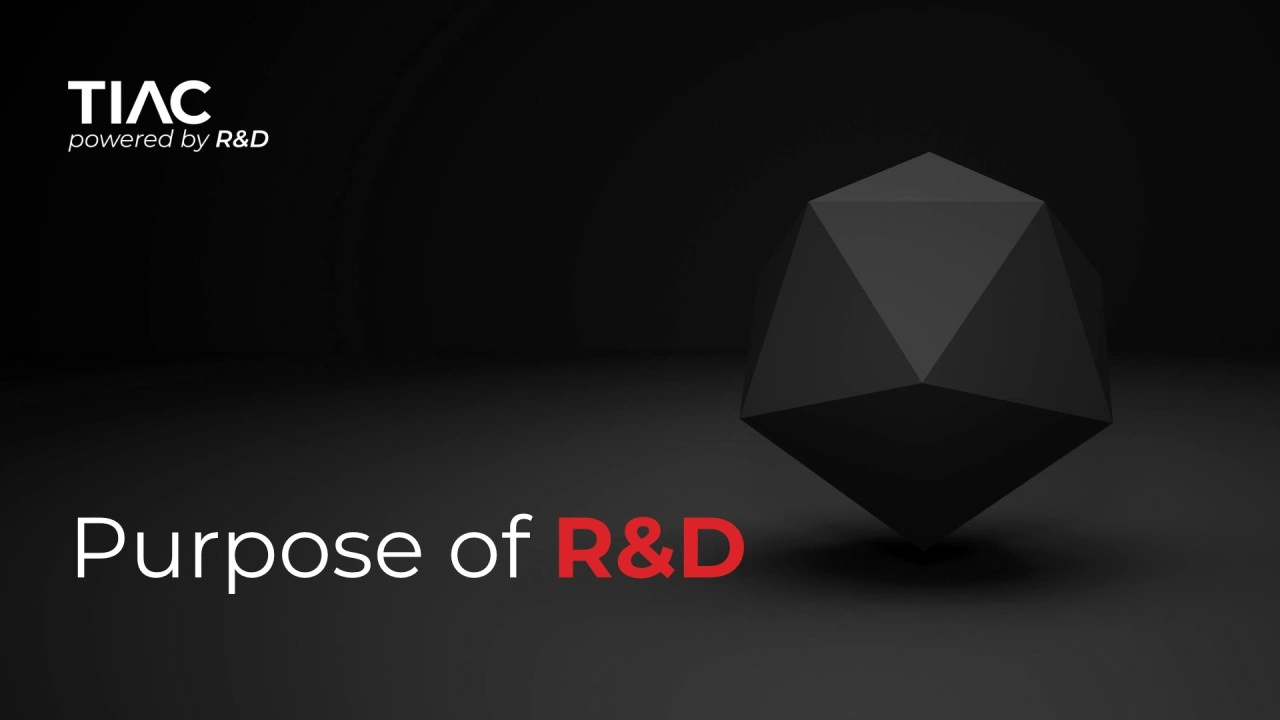Purpose of R&D
Having an in-house R&D unit brings several advantages to managing R&D projects. It supports knowledge accumulation and sharing, enhances resource mobilization legitimacy, and improves performance assessment for efficient resource allocation. These benefits are particularly relevant for complex innovation strategies, and institutionalized R&D activities can positively enhance the impact of broad innovation approaches. When an organization has a well-established and institutionalized R&D unit, it can amplify the positive effects of pursuing a broad approach to innovation that involves seeking knowledge from various sources. The presence of the R&D unit helps in managing and leveraging the diverse knowledge effectively, leading to enhanced innovation outcomes.
The specific focus of R&D efforts varies depending on the company’s competitive strategy. Some corporations aim to be market leaders by focusing on being the first to introduce groundbreaking products, while others prioritize cost leadership and strive to be more efficient than competitors, offering improved versions of existing products. The ultimate goal is to gain a competitive edge in the market.
The purpose of R&D is multifaceted and includes reducing uncertainty, exploring future business needs, building competencies for the future, creating new products efficiently, improving processes, launching smart ideas, disrupting target markets, solving problems in new ways, and reducing product costs.
R&D management plays a critical role in identifying areas of opportunity, developing a technology plan, supporting existing business, and driving new business. Successful R&D groups not only generate innovative ideas but also transfer them through the organizational system for economic gain. R&D is vital for innovation, and its knowledge contribution can be categorized into individual learning, organizational level learning, and organizational culture change. The created value of R&D projects can be calculated based on the probability of success, value created in the event of success, and percentage of value in failure.
R&D Core Functions
TIAC R&D primary functionality is the strategic application and management of organizational knowledge, change and information flow with aim to support data-driven decision-making and contribution to the achievement of strategic goals.
Characteristics and Culture — ARDO (Agile Research and Development Organization)
These units are considerably smaller compared to traditional R&D units. The entire focus of the organization is on the company’s success, and the structure of ARDO units constantly adapts to the specific tasks at hand. They often employ agile structures but can also use traditional methods when necessary. One prominent aspect of ARDO’s structure is the reduced number of hierarchical levels, leading to shorter information and decision-making processes.
The culture within agile R&D units is characterized by a strong emphasis on teamwork, motivation, self-organization, and a low status orientation. Employees value respect, openness, courage, focus, and commitment, reflecting an open-minded and change-embracing mindset.
This autonomy grants them the authority to structure and staff themselves according to their specific needs and allows them to adopt processes that may differ from the company’s standard procedures. As a result, these units have a high level of responsibility and possess the capabilities for self-organization.
ARDO’s work method is marked by several key features. Firstly, it emphasizes flexible working conditions, allowing individuals to have a certain degree of autonomy in how and when they work. This flexibility enables them to adapt their work processes to optimize innovation.
Secondly, ARDO units are allocated dedicated time for innovation, recognizing the importance of allowing individuals to focus on creative and exploratory activities that drive innovation.
Thirdly, task transparency is highly valued within ARDO units. This means that information about tasks, progress, and goals is openly shared among team members, promoting collaboration and alignment.
Internal and external collaborations play a significant role in ARDO’s work method. There is a strong emphasis on actively engaging with both internal stakeholders within the organization and external partners or experts.
Agile methods and artifacts are commonly used within ARDO units. This includes practices such as daily stand-up meetings to provide project updates, retrospectives to reflect on progress and identify areas for improvement, a common workspace to enhance communication and collaboration, and a backlog to structure and prioritize tasks.
However, the most crucial aspect of ARDO’s work method is the iterative and feedback-driven approach, often organized into sprints.
References:
Meier, A., & Kock, A. . (2021). Characteristics, Antecedents, and Consequences of Agile R&D Units’ Organization – A Conceptual Framework. Journal of Competences, Strategy & Management, 11, 1–20. https://doi.org/10.25437/jcsm-vol11-11
Dr. Peter Allen – Developing a strong R&D structure to drive company growth Nu_angle_WP_v4.pdf (nu-angle.com)
Meier, A., & Kock, A. (2023). Agile R&D Units’ Organization and its Relationship with Innovation Performance. Research and Development Management. Published online: November 7, 2023. https://doi.org/10.1111/radm.12655
